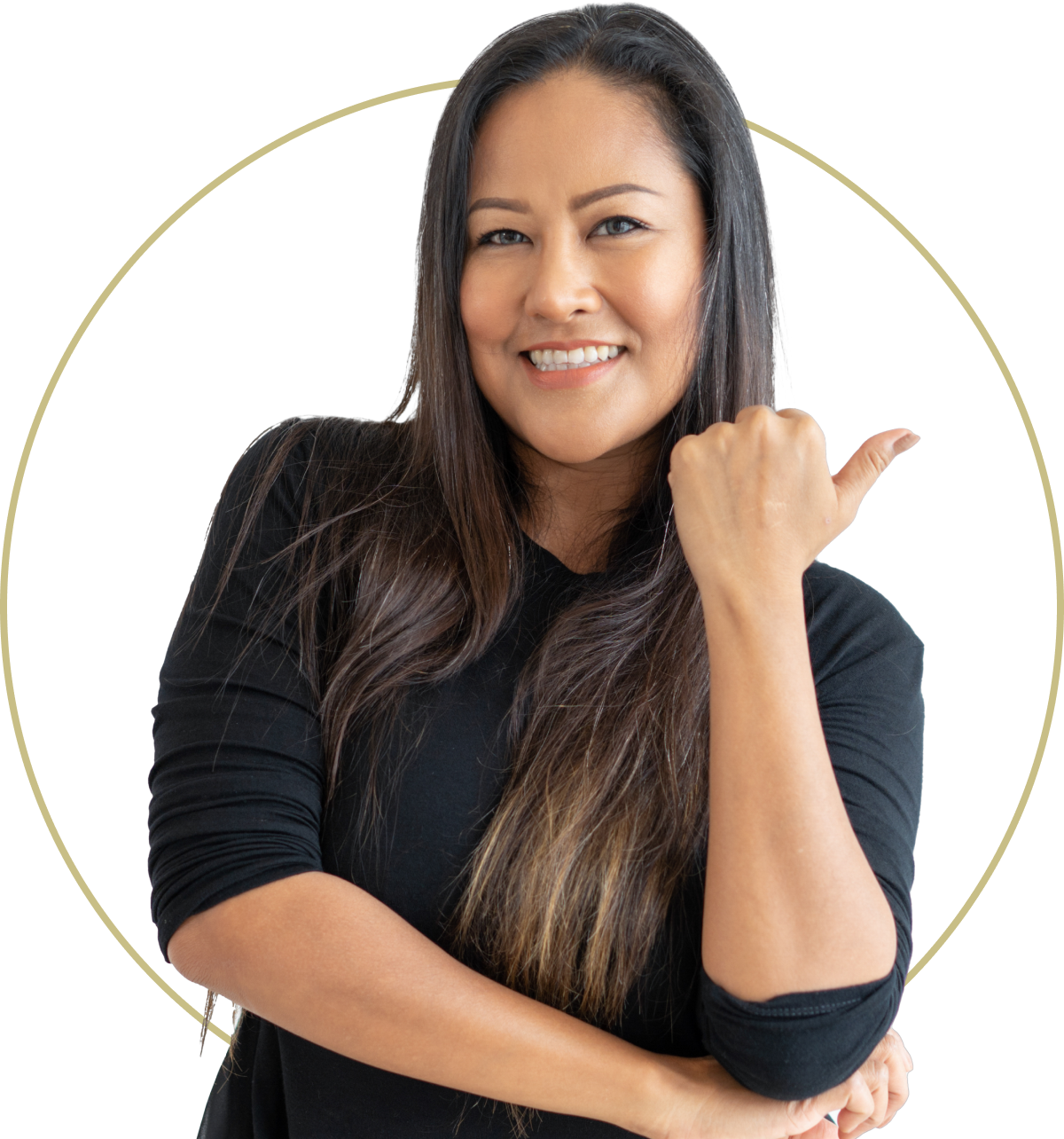Menopause and Histamine
By Andrea Donsky | Fact Checked | Sources

Like many people, you may associate the word “histamine” with allergies. Period. If you have hay fever or are allergic to mold, pollen, dog dander, and so on, you may take an antihistamine. But histamine is associated with more than allergies and has a significant relationship with menopause. Let’s explore that since that’s a side of histamine many people don’t realize.
Read about menopause and allergies
Our Top Picks
What is histamine?
First of all, you should know that histamine is a chemical the body uses as part of its immune response to eliminate allergens. That’s where the term “antihistamines” comes in as substances used to block the activity of histamine in the body that can cause allergic reactions such as hives, sneezing, cough, and more.
But histamine also plays other roles, such as supporting brain health by acting as a messenger between your body and your brain and releasing hydrochloric acid to aid in digestion. Histamine also helps dilate blood vessels, which in turn increases permeability and can lower high blood pressure, fights off infections, regulates sleep, and aids in reproduction.
What is histamine intolerance?
When things are running smoothly, your body has enzymes (called diamine oxide, or DAO) that break down any extra histamine that may accumulate. However, when histamine levels get too high and the enzymes can’t keep up with their task, you can develop histamine intolerance, a condition that can affect every part of your body.
Many symptoms of histamine intolerance are similar to those of menopause, such as itchiness (nose, skin, ears, and eyes), tightness in the throat, crawling sensation on the skin (feels like bugs), red eyes, eczema or other types of skin problems, heart palpitations, dizziness, sleep issues, fatigue, confusion, low blood pressure, fast heart rate, brain fog, anxiety, panic attacks, asthma, migraines and headaches, acid reflux, diarrhea, and premenstrual syndrome.
Menopause and histamine intolerance
Here’s an interesting fact that may help explain the relationship between histamine and menopause: women tend to have higher levels of histamine than men, and it’s because women have more estrogen. When perimenopause and menopause arrive between the ages of 35 and 60 (with the average age of menopause being 51 and a half in North America), both estrogen and progesterone levels drop: estrogen by about 35 percent and progesterone by about 75 percent. This can result in a condition known as estrogen dominance.
Since one of estrogen’s roles in the body is to stimulate mast cells to make more histamine, you can see how the extra estrogen, as compared with progesterone, can cause mast cells to make more histamine, which can result in histamine intolerance and menopausal symptoms. Estrogen has another relationship with histamine: it can reduce your levels of DAO. Since DAO helps eliminate excess histamine, interfering with this activity supports histamine intolerance.
How to manage histamine intolerance in menopause
Women have several natural ways to manage histamine intolerance in perimenopause, menopause, and postmenopause. A combination of techniques are likely to produce the best results.
- Avoid xenoestrogens. Although these estrogen-mimicking substances are everywhere in your environment, you can still identify the sources in your life that you can control. Some examples include switching from conventional personal health care and household cleaning products, as well as conventionally grown foods, which typically contain many xenoestrogens such as parabens, formaldehyde, bisphenol A (BPA), atrazine, various volatile organic compounds, pesticides, preservatives, and more. Look for all-natural and/or organic products and ingredients.
Read about common chemicals, uncommon effects in menopause
- Be mindful of hormone replacement therapy. Use of HRT and any hormonal medications may increase estrogen dominance, histamine intolerance, and the symptoms associated with them. Speak to your doctor if you notice any of these symptoms since starting on hormone therapy, or if you're considering it.
- Follow a low-histamine, anti-inflammatory diet. Focus on foods low in histamine and that don’t promote inflammation. These include leafy greens, vegetables, fruits, organic meat, seeds, olive oil, herbs, and spices. You will want to avoid alcohol, coffee, any fermented foods or beverages, avocados, eggplant, spinach, processed or smoked meats, shellfish, dried fruits, and any foods with refined sugars. Foods that may trigger histamine release include bananas, citrus, beans, tomatoes, chocolate, and nuts. Although some of the foods you should avoid are generally healthy, they should be avoided or significantly reduced if you have histamine intolerance. Something else to note is that leftovers have more histamine than freshly-cooked foods. The longer it sits in your fridge, the more histamine it can contain.
- Sleep well. Poor sleep contributes to both histamine intolerance and hormone imbalance. If you find it challenging to get 7 to 9 hours of sleep every night, check out these sleep tips to help you relax, destress, and sleep well.
- Keep moving. Regular exercise helps reduce stress and boosts your body’s detoxification process. Spend at least 20 to 30 minutes a day, five days or more, engaging in a variety of physical activities that include both aerobic and anaerobic activities that will keep you motivated. Do what you enjoy: dancing, lifting weights, spinning, aerobics classes, walking, swimming, tennis, yoga, stretching, and pilates.
Bottom line
Histamines and histamine intolerance can play a significant role in how you sail through your menopause years. Understanding histamine intolerance and estrogen dominance in menopause and taking steps to reduce your exposure to histamines can go a long way toward a healthier transition.





